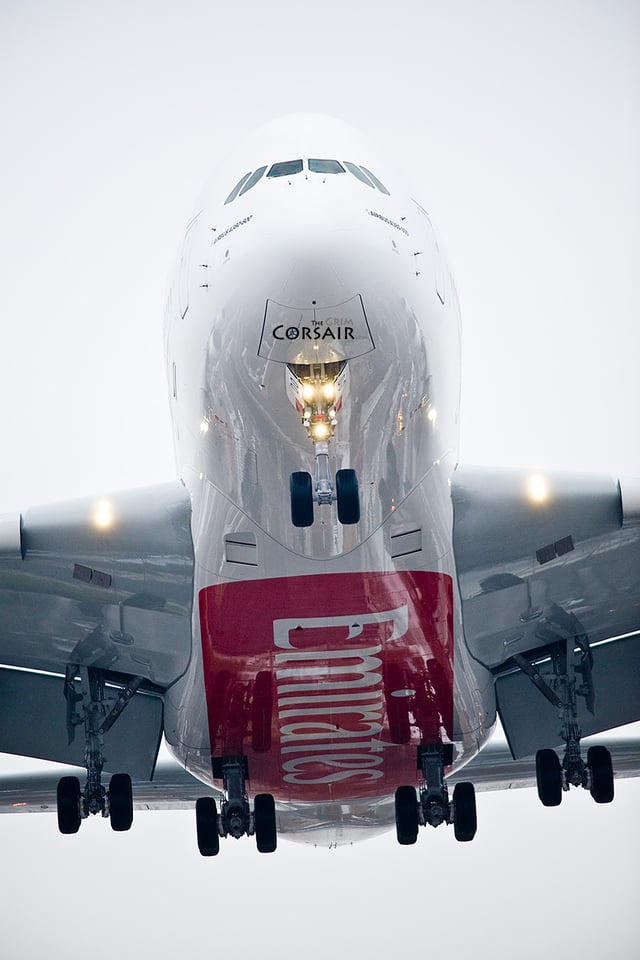كيفية تصوير الطائرات
How to Photograph Airplanes
التصوير الجوي هو بالتأكيد أكثر تحديًا وإبداعًا مما قد يظنه المرء للوهلة الأولى. لكنه أحد أكثر أنواع التصوير متعة ومكافأة التي أقوم بها. بشكل أساسي، هناك نوعان من مصوري الطائرات: أولئك الذين لديهم إمكانية الوصول إلى المطارات/الطائرات (عمال المطارات، الطيارون، المصورون التجاريون، إلخ) وأولئك الذين ليس لديهم إمكانية الوصول (كلنا). هذا لكل منا ينظر من خلال سياج أو قطعة من زجاج المطار القذر إلى تلك الآلات الطائرة المثيرة ويحاول تصويرها. وبينما يمكنني الكتابة مرارًا وتكرارًا عن المتطلبات الفنية، تركز هذه المقالة بشكل أكبر على الإلهام وإمكانيات التصوير الفوتوغرافي بالطائرات والمطارات. ولكن لا تتردد في ترك أسئلتك أو تعليقاتك أدناه وسأبذل قصارى جهدي للإجابة عليها!
Aviation photography is definitely more challenging and creative than one might think at first glance. But it’s one of the most rewarding and simply fun type of shooting I do. Basically, there are two kinds of airplane photographers: those with airfield/aircraft access (airport workers, pilots, commercial photographers etc) and those without (all the rest of us). This is for all of us peering through a fence or piece of dingy airport glass at those exciting flying machines and trying to photograph them. And while I could write on and on about technical requirements, this article focuses more on the inspiration and photographic possibilities with airplanes and airports. But feel free to leave your questions or comments below and I will do my best to answer them!
 Nikon D7000, 55-200mm @80mm, f/5.6 1/3200 ISO 400
Nikon D7000, 55-200mm @80mm, f/5.6 1/3200 ISO 400
How to Photograph Airplanes
التصوير الجوي هو بالتأكيد أكثر تحديًا وإبداعًا مما قد يظنه المرء للوهلة الأولى. لكنه أحد أكثر أنواع التصوير متعة ومكافأة التي أقوم بها. بشكل أساسي، هناك نوعان من مصوري الطائرات: أولئك الذين لديهم إمكانية الوصول إلى المطارات/الطائرات (عمال المطارات، الطيارون، المصورون التجاريون، إلخ) وأولئك الذين ليس لديهم إمكانية الوصول (كلنا). هذا لكل منا ينظر من خلال سياج أو قطعة من زجاج المطار القذر إلى تلك الآلات الطائرة المثيرة ويحاول تصويرها. وبينما يمكنني الكتابة مرارًا وتكرارًا عن المتطلبات الفنية، تركز هذه المقالة بشكل أكبر على الإلهام وإمكانيات التصوير الفوتوغرافي بالطائرات والمطارات. ولكن لا تتردد في ترك أسئلتك أو تعليقاتك أدناه وسأبذل قصارى جهدي للإجابة عليها!
Aviation photography is definitely more challenging and creative than one might think at first glance. But it’s one of the most rewarding and simply fun type of shooting I do. Basically, there are two kinds of airplane photographers: those with airfield/aircraft access (airport workers, pilots, commercial photographers etc) and those without (all the rest of us). This is for all of us peering through a fence or piece of dingy airport glass at those exciting flying machines and trying to photograph them. And while I could write on and on about technical requirements, this article focuses more on the inspiration and photographic possibilities with airplanes and airports. But feel free to leave your questions or comments below and I will do my best to answer them!
 Nikon D7000, 55-200mm @80mm, f/5.6 1/3200 ISO 400
Nikon D7000, 55-200mm @80mm, f/5.6 1/3200 ISO 400















 The Younger Grim Corsair
The Younger Grim Corsair
تعليق